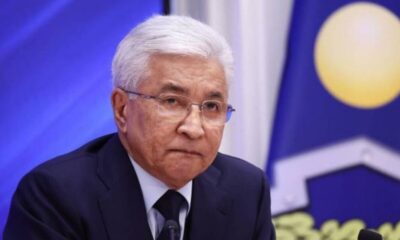COVID-19
China tightens restrictions as rise in virus cases reported

Everyone in a district of 1.8 million people in China’s southern metropolis of Guangzhou was ordered to stay home for virus testing Saturday and a major city in the southwest closed schools as another rise in infections was reported.
Nationwide, a total of 11,773 infections were reported over the previous 24 hours, including 10,351 people with no symptoms. China’s numbers are low, but the past week’s increase is challenging a “zero-COVID” strategy that aims to isolate every infected person, AP reported.
The quarantine for travelers arriving in China is to be shortened to a minimum of five days from seven as part of changes in controls announced Friday to reduce their cost and disruption. But the ruling Communist Party said it would stick to “zero COVID” even as other countries ease travel and other curbs and try to shift to a long-term strategy of living with the virus.
A total of 3,775 infections were found in Guangzhou, a city of 13 million, including 2,996 in people who showed no symptoms, according to the National Health Commission. That was an increase from Friday’s total of 3,030, including 2,461 without symptoms.
Under the changes, some foreign business people and athletes visiting China would be allowed to move within a contained area without a quarantine period. Rules on who counts as a contact of infected people are to be more focused, reducing the number affected, AP reported.
Economists and public health experts say Beijing might be able to start winding down “zero COVID” in mid-2023 but needs to vaccinate tens of millions of elderly people before controls on foreign visitors coming into China end.
Guangzhou, 120 kilometers (75 miles) north of Hong Kong, shut down schools and bus and subway service across much of the city as case numbers rose over the past week. Flights to the Chinese capital, Beijing, and other major cities have been canceled.
In the southwest, the industrial city of Chongqing closed schools in its Beibei district, which has 840,000 people. Residents were barred from leaving a series of apartment compounds in its Yubei district but the city gave no indication how many were affected.
Public frustration and complaints that some people are left without access to food or medicine have boiled over into protests and clashes with local officials in some areas.
President Xi Jinping’s government has refused to import foreign vaccines and defied requests to release more information about the source of the virus, which was first detected in the central city of Wuhan in late 2019.
COVID-19
WHO declares end to COVID global health emergency

The World Health Organization said Friday that COVID-19 no longer qualifies as a global emergency, marking a symbolic end to the devastating coronavirus pandemic that triggered once-unthinkable lockdowns, upended economies and killed millions of people worldwide.
The announcement, made more than three years after WHO declared the coronavirus an international crisis, offers some relief, if not an ending, to a pandemic that stirred fear and suspicion, hand-wringing and finger-pointing across the globe, AP reported.
The U.N. health agency’s officials said that even though the emergency phase was over, the pandemic hasn’t finished, noting recent spikes in cases in Southeast Asia and the Middle East.
WHO says thousands of people are still dying from the virus every week, and millions of others are suffering from debilitating, long-term effects.
“It’s with great hope that I declare COVID-19 over as a global health emergency,” WHO Director-General Tedros Adhanom Ghebreyesus said.
“That does not mean COVID-19 is over as a global health threat,” he said, warning that new variants could yet emerge. Tedros noted that while the official COVID-19 death toll was 7 million, the real figure was estimated to be at least 20 million.
Tedros said the pandemic had been on a downward trend for more than a year, acknowledging that most countries have already returned to life before COVID-19.
He bemoaned the damage that COVID-19 had done to the global community, saying the pandemic had shattered businesses, exacerbated political divisions, led to the spread of misinformation and plunged millions into poverty.
When the U.N. health agency first declared the coronavirus to be an international crisis on Jan. 30, 2020, it hadn’t yet been named COVID-19 and there were no major outbreaks beyond China.
More than three years later, the virus has caused an estimated 764 million cases globally and about 5 billion people have received at least one dose of vaccine.
In the U.S., the public health emergency declaration made regarding COVID-19 is set to expire on May 11, when wide-ranging measures to support the pandemic response, including vaccine mandates, will end. Many other countries, including Germany, France and Britain, dropped most of their provisions against the pandemic last year.
When Tedros declared COVID-19 to be an emergency in 2020, he said his greatest fear was the virus’ potential to spread in countries with weak health systems.
Most recently, WHO has struggled to investigate the origins of the coronavirus, a challenging scientific endeavor that has also become politically fraught.
COVID-19
COVID-19 in Iran: Nearly 900 new cases, 24 deaths recorded
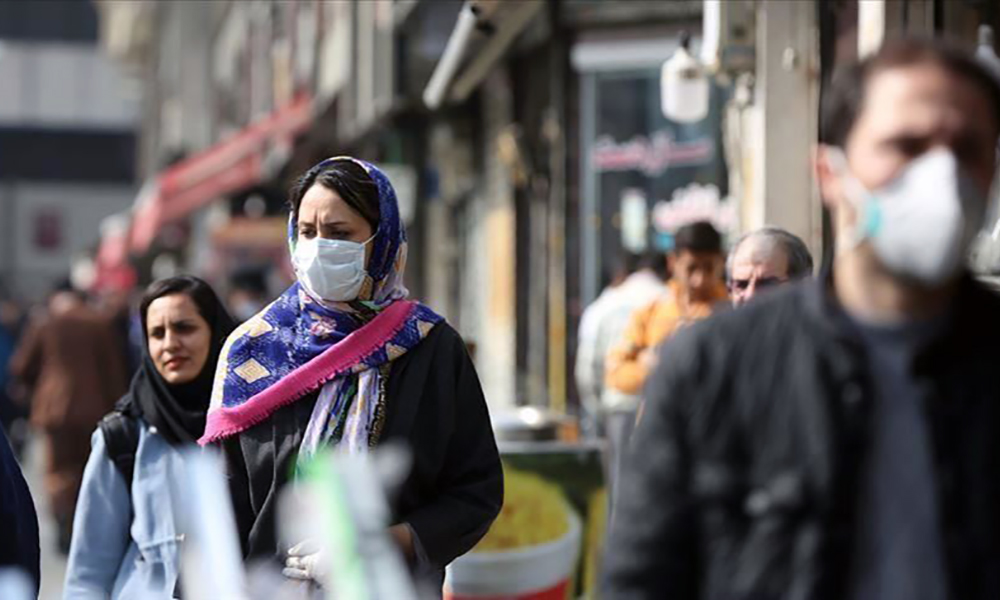
The Iranian health ministry announced on Sunday that more than 890 new cases of COVID-19 have been identified across the country during the past 24 hours, adding that 24 patients have died in the same period of time, Fars News Agency reported.
"A sum of 891 new patients infected with COVID-19 have been identified in the country based on confirmed diagnosis criteria during the past 24 hours," the Iranian Health Ministry's Public Relations Center said on Sunday, adding, "454 patients have been hospitalized during the same time span."
The ministry’s public relations center said 611 people infected with COVID-19 are in critical condition.
COVID-19
China says 200 million treated, pandemic ‘decisively’ beaten

China says more than 200 million of its citizens have been diagnosed and treated for COVID-19 since it lifted strict containment measures beginning in November.
With 800,000 of the most critically ill patients having recovered, China has “decisively beaten” the pandemic, according to notes from a meeting of the ruling Communist Party’s all-powerful Politburo Standing Committee presided over by President and party leader Xi Jinping, AP reported.
China enforced some of the world’s most draconian lockdowns, quarantines and travel restrictions and still faces questions about the origins of the virus that was first detected in the central Chinese city of Wuhan in late 2019. Heavy-handed enforcement prompted rare anti-government protests and took a heavy toll on the world’s second-largest economy.
The official Xinhua News Agency quoted Xi as saying that policies to control the outbreak had been “entirely correct.” The abrupt lifting in November and December of the “zero COVID” policy that had sought to eliminate all cases of the virus led to a surge in infections that temporarily overwhelmed hospitals.
Case numbers have since peaked and life has largely returned to normal, although international travel in and out of China has yet to return to pre-pandemic levels.
China is now transitioning to a post-pandemic stage after a fight against the outbreak that was “extraordinary in the extreme,” Xinhua said.
The government will continue to “optimize and adjust prevention and control policies and measures according to the times and situations with a strong historical responsibility and strong strategic determination,” Xinhua said.
-

 Sport4 days ago
Sport4 days agoAriana News to broadcast IPL auction live and exclusively in Afghanistan
-

 Latest News3 days ago
Latest News3 days agoU.S. House approves bill on evacuation of Afghan allies
-

 Regional4 days ago
Regional4 days agoPakistan’s ex-PM Imran Khan gets bail in state gifts case, his party says
-
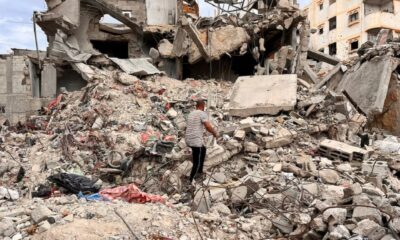
 World4 days ago
World4 days agoUS vetoes UN Security Council resolution on Gaza ceasefire
-
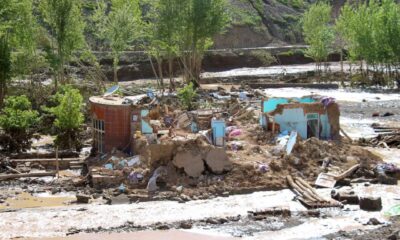
 Latest News4 days ago
Latest News4 days agoUN moves to unlock stuck climate financing for Afghanistan
-
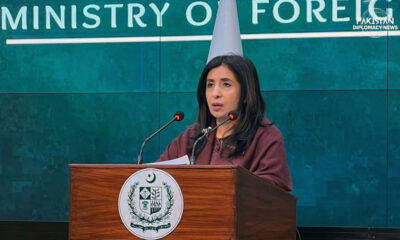
 Latest News4 days ago
Latest News4 days agoPakistan rejects suggestion of appointing a new special envoy for Afghanistan
-

 Sport5 days ago
Sport5 days agoPakistan trumps Afghanistan by only 13 runs in U19 Tri-Series One Day match
-

 Latest News4 days ago
Latest News4 days agoPanjshir to get modern hotel and other facilities amid growing tourism sector


